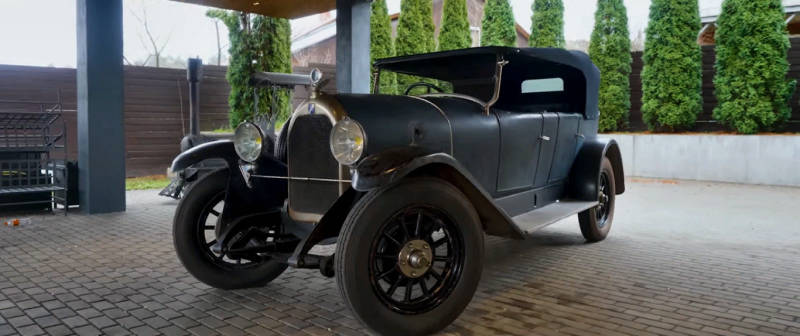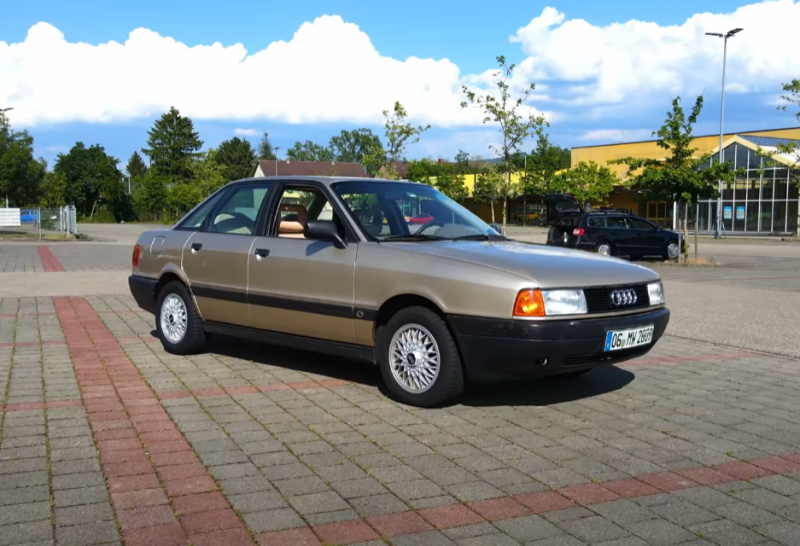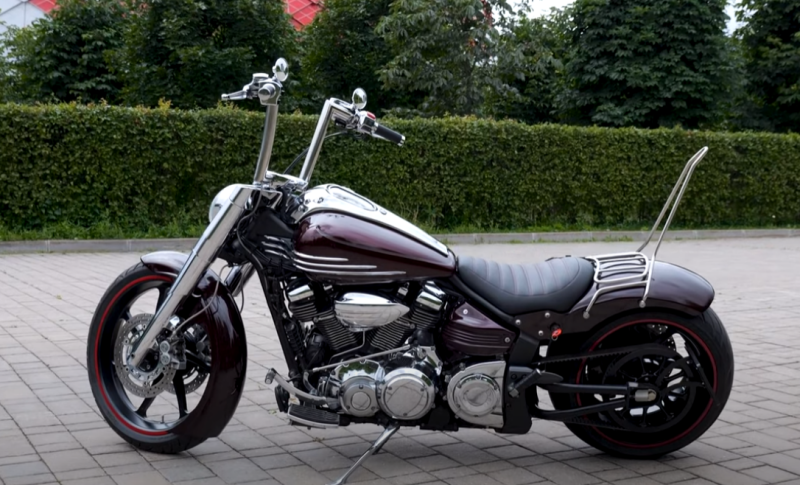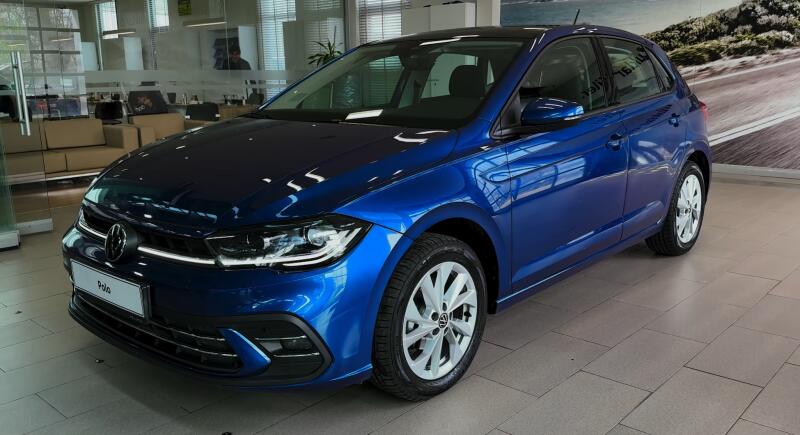But then a series of resales and changes of owners followed. Already by the end of the tenth years of the last century, interesting dynamics began. It was first bought by the French automaker Darracq. Moreover, after the subsequent purchase of the Sunbeam automobile company, he created the enterprise STD Motors (Sunbeam Talbot Darracq). At the same time, the Darracq cars themselves were renamed Talbot.
 Luxury car from the beginning of the last century Talbot DC. Photo: youtube.com
Luxury car from the beginning of the last century Talbot DC. Photo: youtube.comIt so happened that the new association did not last long, breaking up by the mid-30s. The London Talbot plant was bought by the Rootes automobile company, and the Paris plant was bought by Italian businessman Antonio Lago. While he retained the brand and began offering cars under the Talbot-Lago name, Roots gradually phased out the original name by the 50s. Hillman, Humber and Sunbeam were also under his wing.
A series of changes in difficult times
Already in the late 30s, the Italian began to position his new project as a manufacturer of successful racing and luxury passenger cars. The status assigned to it continued to operate in the post-war period. True, then it became very difficult for the company to find customers for its expensive products in a very impoverished Europe.
Overall, Talbot has a long and complex history. Based in Great Britain, it was also associated with France for many years. The company has not existed since the early 90s, but there has been persistent talk about its restoration.
The return to peaceful life contributed to the development of the automobile industry. But everything did not happen in one moment, it took many years. This applied to the economy in general and the purchasing power of the population in particular. Well, the “hard times syndrome” played a significant role, when most people, even in the early 50s, continued to think in the cliches of the last decade, denying themselves additional amenities and luxuries.
But business has no concept of tomorrow and bright prospects. Ensuring income and sustainable development are necessary here and now. Therefore, despite the fact that Talbot-Lago cars took part in the prestigious Formula 1 race in 1950, there was little reason for optimism. Difficulties remained in finding buyers, which, in turn, negatively affected the dynamics of development. Very soon the manufacturer faced serious financial problems.
An ambitious project ended in failure
It was for the above reason that Antonio Lago had to sell the company in order to prevent complete bankruptcy. Thus, in 1959 it became part of the Simca automobile group. It is a French manufacturer, originally founded by Fiat, and for many years managed by Henri Pigozzi.
 Futuristic Talbot DC front end. Photo: youtube.com
Futuristic Talbot DC front end. Photo: youtube.comAt that time, the latter, on the contrary, was experiencing a successful period: in the 50s, it gained the position of the second largest automobile company in France, second only to Renault. So at that time the brand eclipsed even its legendary compatriots in the form of Peugeot or Citroen. And, you see, this is a very serious argument.
It was precisely such successes that attracted the attention of the American automobile company Chrysler, which tried to strengthen its presence in the then commercially very interesting European market. Thus, at the turn of the 60s, its share in “French number two” gradually increased.
It all ended with a complete buyout of shares from Ford and Fiat, which previously owned Simca. In 1964, Chrysler also bought British manufacturer Rootes, which reunited the two former Talbot parts a few years later. Thus Chrysler Europe was created.
The ambitious project was far from successful; Chrysler Europe suffered from financial problems from the very beginning. The European division could not make a profit, which naturally worried the American headquarters. Even in the US, Chrysler struggled with a high degree of instability.
 1985 Talbot Solara. Photo: youtube.com
1985 Talbot Solara. Photo: youtube.comFor these reasons, management had to make radical cuts and, in 1978, sell Chrysler Europe to the then relatively young French automobile company PSA. It appeared just four years earlier, as a result of the merger of Citroen and Peugeot.
At the same time, the insolvency of Chrysler Europe is evidenced by the fact that PSA bought it at a nominal value of one US dollar. At the same time, taking upon himself all the outstanding debts of his predecessor. For the newly formed association, this takeover was an interesting step that brought several advantages:
✅ getting rid of a potential competitor in the form of the French brand Simca
✅ use of our own experience in the field of front-wheel drive small cars
✅ access to the commercially interesting British market
This was made possible by the local part of Chrysler Europe (this element meant the former Rootes). So, PSA gradually got rid of the Simca brand and began producing Peugeot cars at its factories. Instead, Talbot found itself in a resurrection role, initially for models still produced in the UK with Chrysler badges. This might seem like a great idea, since by 1979 the top three British manufacturers looked like this:
✅Ford
✅ British Leyland
✅ Talbot
That is why cars such as the Talbot-Matra Murena sports car were able to appear. However, in subsequent years, sales began to decline noticeably, including due to the then economic recession. So PSA HQ began to consider whether a three-brand strategy (Citroen, Peugeot and Talbot) made economic sense. This question especially arose in light of their similar orientation.
Abandoning the brand and ending the Talbot story
Already by the beginning of the 80s, it became clear that the central management of PSA did not particularly trust the British Talbot (although the local division assured that customers were still loyal to the brand). Subsequent events gave confidence to such conclusions.
 1981 Talbot Avenger. Photo: youtube.com
1981 Talbot Avenger. Photo: youtube.comIt all started with the fact that the Peugeot 309 was originally planned to be sold as the Talbot Arizona. But it, in its original name, entered the top ten of the British rankings, confirming that there is no point in bothering with installing a Talbot badge. Later, the intended successor to the Citroen AX-based Talbot Samba did not appear on the market at all. The fact is that the Peugeot 205, introduced at that time, turned out to be so popular that it became illogical to sell three different small hatchbacks.
And when the research and development center in Wheatley (England) was sold to Jaguar, it was clear that Talbot would not last long. PSA simply no longer relied on cars developed directly in the UK. This was confirmed in subsequent years. Here's what the final British trio looked like:
✅ small hatchback Talbot Samba – produced before 1986
✅ compact Horizon – until 1987
✅ commercial Talbot Express – until 1994
But the latter was no longer his own creation, because we are dealing with the “brother” of the first generation Fiat Ducato. And this was the complete end of the brand’s history. Although at the beginning of the new millennium it might seem that she would return to the stage again.
 1984 Talbot Horizon car. Photo: youtube.com
1984 Talbot Horizon car. Photo: youtube.comPSA has announced the return of Talbot as a brand specializing in cheap cars. But, in the end, the budget sedans mentioned by management ended up with classic logos - Citroen C-Elysee and Peugeot 301.










